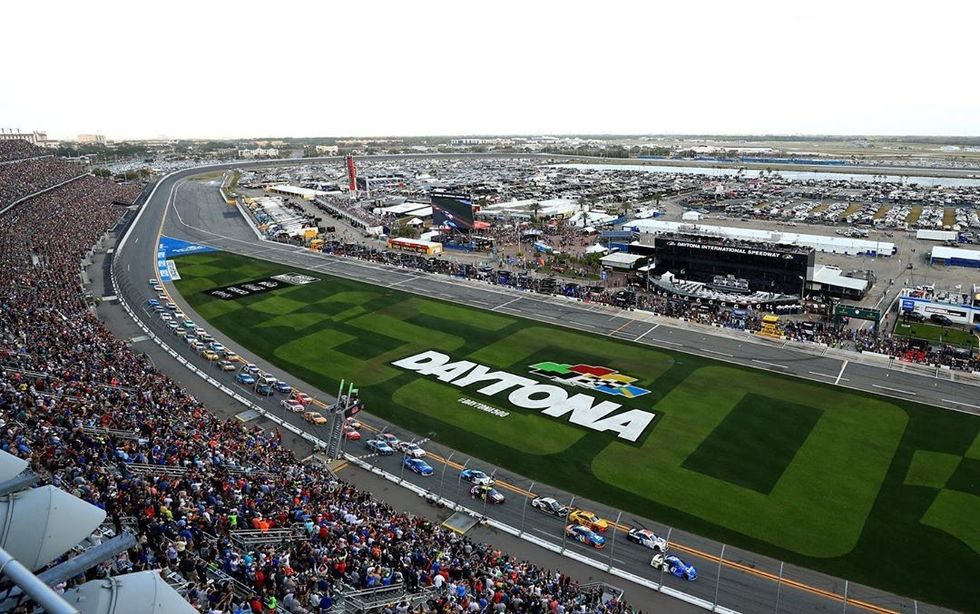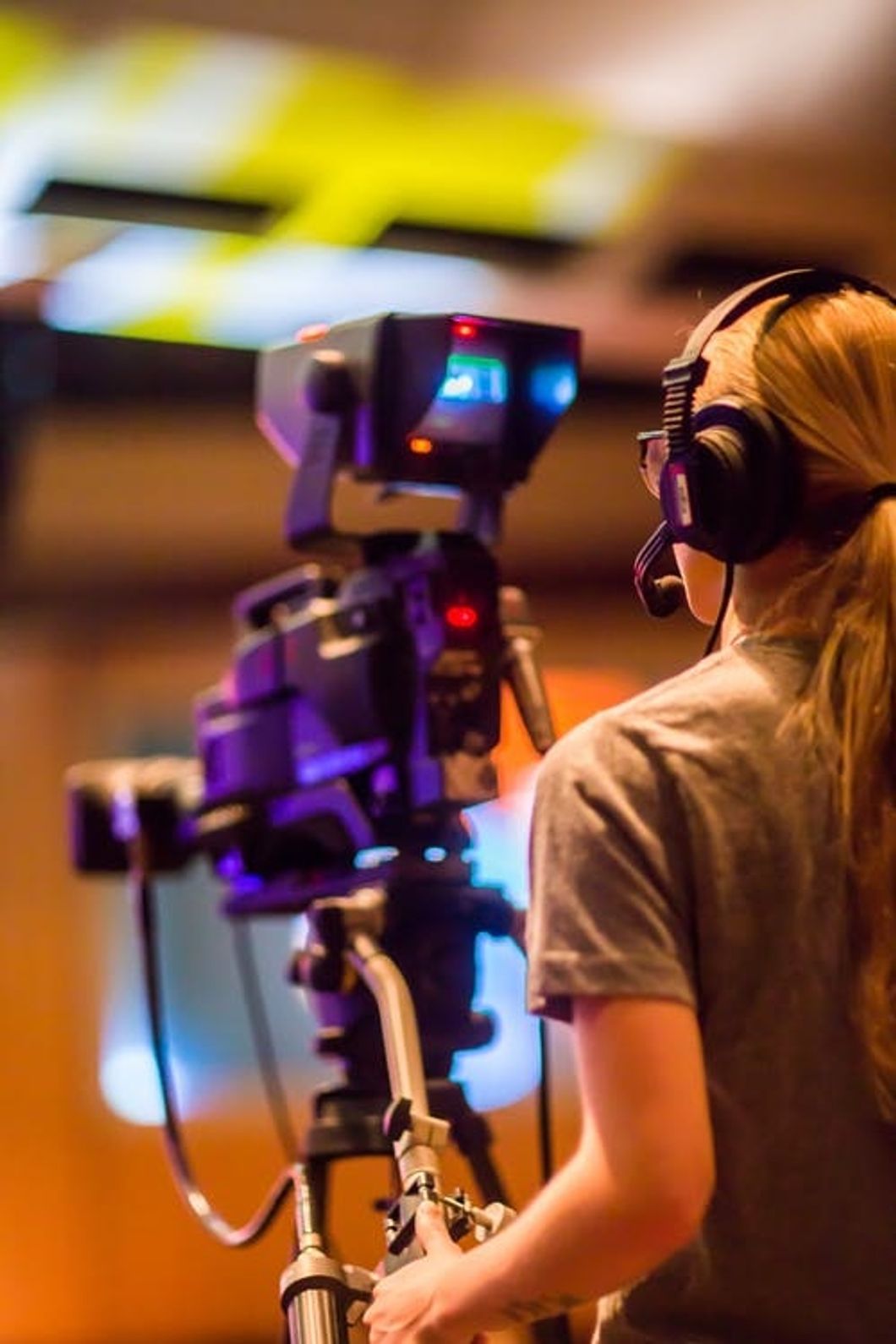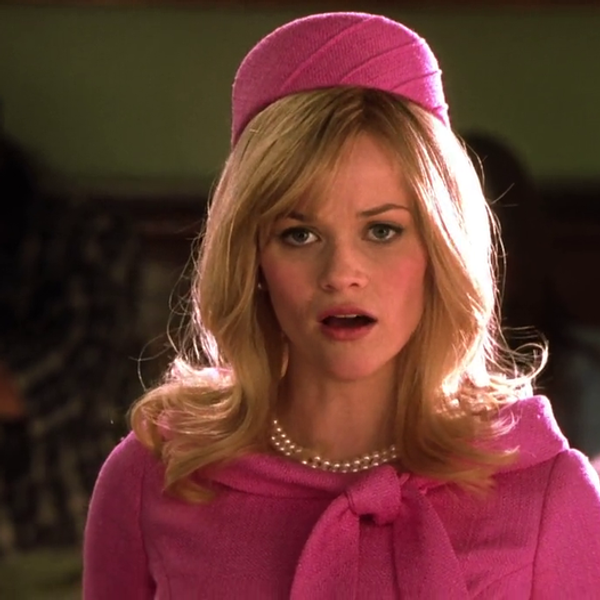Very few times are members of the sports media world put into a situation where an extreme event has occurred. Following the 2020 Daytona 500, a violent crash on the last lap led to the driver of the car being immediately taken to the hospital. Members of the TV/Radio/Press media could've done a better job at the way they handled this accident. Problems like this rarely occur, but when they do, it is a good time for the sports media world to take a step back and look to see if there is anything that could've been done differently.
The Main Issue

Auto racing is one of the few sports where there is a chance that one of the athletes can lose their life on live TV. Now some of the great broadcasters have trained for this issue, but after one of the most gut wrenching crashes in recent memory, FOX Sports has been blasted for how they reacted/covered the end of their broadcast. After initial live viewing, the wreck seemed that Ryan Newman's #6 car had flipped, like some cars do at Daytona International Speedway, but then a FOX Sports replay showed that Newman's car was T-boned driver side window at nearly 200 mph.
FOX's replay was a slow-motion that showed the direct impact to Newman's car, which left almost all viewers feeling sick. Now after the fact FOX did a good job with how the handled this issue. FOX normally will interview the winner after he celebrates on the front stretch, but Denny Hamlin's team informed him that he wouldn't be interviewed, following his victory of the Daytona 500.
Once the camera was back on Mike Joy, and Jeff Gordon, it was clear that Gordon was upset by what he saw, but Mike Joy made a quick statement informing viewers, which some may have never seen NASCAR before, about the situation, and didn't speculate on Newman's condition. This isn't FOX's first rodeo with this kind of issue, as FOX's first NASCAR broadcast was the 2001 Daytona 500, where Dale Earnhardt Sr. lost his life. FOX's 20 year tenured play-by-play announcer was complimented for his work during 2001 500, and the Monday's wreck. Members of the media weren't as prepared or ready for this situation.
Ethics of the situation

After most NASCAR races, the TV and Radio broadcasts will interview the winner and drivers who ran well during the race. For the Daytona 500, Ryan Blaney, who finished second, was interviewed after the race. Blaney's #12 car was the car the unintentionally turned Newman's car head on into the outside wall, it was very clear from the FOX broadcast that Blaney was shaken up by the wreck, as he saw what had happened to Newman.
Also, FOX Sports Bob Pockrass was interviewing Corey LaJoie, pictured above, who's car was the car the slammed into Newman's car right at the driver's side window. LaJoie was simultaneously being interviewed by MRN's at the care center, where LaJoie was informed by Pockrass that Newman was taken straight to the hospital, in a video, LaJoie was visibly upset when he heard that, and asked Pockrass where he had hit Newman, then the video ended.
The question comes, where is crossing the line, on FOX Sports' RaceHub, Brad Keselowski, said that he had talked to Ryan Blaney, Keselowski's teammate, and said that Blaney was still upset with what had happened. While turning somebody into the wall resulting them going straight to the hospital is a feeling that no one should ever endure, the fact that there were camera's and microphones right in the driver's faces following that accident is a little upsetting.
What If It Happens Again?

Just like the safety of the racecars, there is always a chance for the media to grow following a situation of this magnitude. Many look back to the passing of Kobe Bryant, where some players were shaken up, and some teams refused to allow media access. Now drivers are recommended to talk to the media, mainly for sponsor obligations, but, teams are allowed to step in, in order to allow the driver to control his emotions.
While there was no update at the time, it was clear the accident in the Daytona 500 was a severe one, and FOX could've used better judgment when looking to interview the drivers who were involved in the accident. Instances like this, fortunately, happen very infrequently, but when they do there is always a chance to learn how to process a crisis like this, in the off-chance, it will happen again.



















